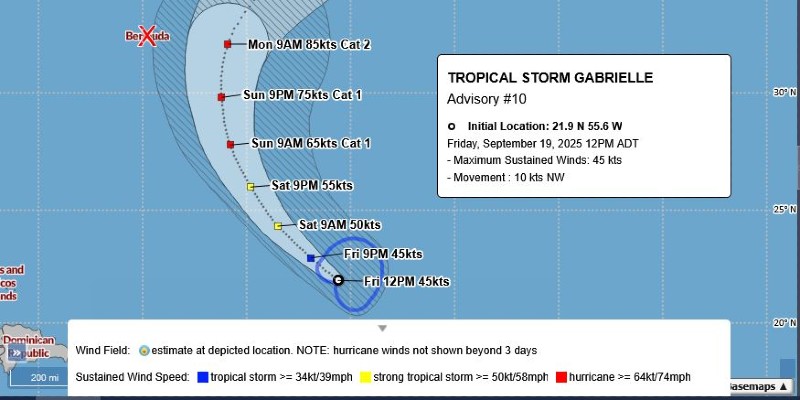By Ed Garsten,Senior Contributor
Copyright forbes

A new study by ChargerHelp shows EV charger reliabilty regresses with age and that indications a charger is up and running doesn’t mean it actually works.
Imagine this scenario. You’re on a road trip in a battery electric vehicle and you adjust your route based on what the onboard app identifies as a working charger. But when you plug in to replenish the battery’s charge, the equipment requires either multiple attempts or doesn’t produce a charge at all.
A new study by a company that specializes in servicing EV chargers reveals that scenario is happening more often due to a discrepancy between the identification of a charger as being up and running, or uptime, and its ability to actually produce a charge.
Indeed, while charger uptime has improved from 98.7% to 99.9%, only 71% of charging attempts succeed, according to the 2025 EV C
ChargerHelp technician holding an electric vehicle supply equipment tester that is used to check the function of an EV charging unit.
ChargerHelp
harging Reliability Report released Wednesday by Los Angeles-based ChargerHelp, which maintains EV chargers through reliability as a service subscription plans.
MORE FOR YOU
Those results led the report to conclude a more accurate measurement of charger reliability is first time charge success rate or FTCSR, rather than uptime, which simply indicates if a charger is up and running, but not necessarily functional.
The report, in its second year, analyzed over 100,000 sessions across 2,400 chargers, with input from partners including Plug In America and Paren.The report did not include Tesla superchargers, according to ChargerHelp CEO Kameale Terry.
She pointed to “interoperability issues and software related issues” as key reasons for declining FTCSR rates, especially for older chargers.
The industry uses what’s known as the open charge point protocol for communication between the chargers and charger management systems, Terry explained in an interview. However, sometimes the software has not been certified by the Open Charge Alliance, the international body that wrote the protocol, she added.
Kameale Terry, CEO ChargerHelp. The company maintains EV chargers through a “reliability as a service” labor subscriptions.
ChargerHelp
“If the station’s software has not been certified, we do tend to see maybe a weird implementation of the protocol which may result in the station not properly communicating to the charge management system, which prevents it from working properly,” Terry said.
A second factor is how a charger’s firmware is updated, much they way updates are sent out over the air for our smartphones and other devices.
It comes down to how firmware updates are written and tested, Terry asserts, saying, “There isn’t any standardized business practices. So some companies, some hardware companies, may send out a firmware update, and no one knows, until something happens. Then here’s like, well, why is the station behaving differently? Then you check back and say, oh, there was a firmware update, and that firmware may have impacted how that station behaves and on the vehicle side as well.”
While the make and model of the charger did not appear to be factors in performance, the study found age does play a major role.
New stations average an 85% success rate, according to the report, but performance drops to 69.9% by year three, a 15-point decline that uptime monitoring fails to capture.
“By highlighting both the risks of aging infrastructure and the opportunities in preventative maintenance and better metrics, the analysis charts a path toward long-term resiliency, one where consistent standards and future-proof planning make charging as seamless and predictable as filling up a gas tank,” said Bill Ferro, co-founder and chief technology officer of Paren, in a statement.
To help improve charger performance Terry strongly suggests software certification through the Open Charge Alliance, standardizing the firmware update process and driver education.
“Drive your driver education built into the product,” suggested Terry. “Like, how do we just have simple, beautifully designed experiences for end view users, period.”
Editorial StandardsReprints & Permissions



